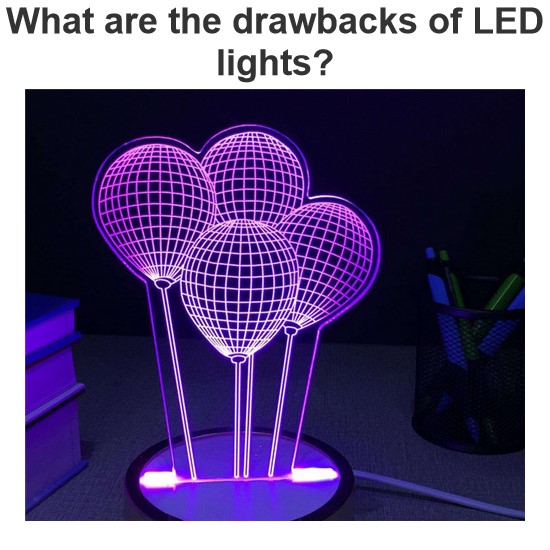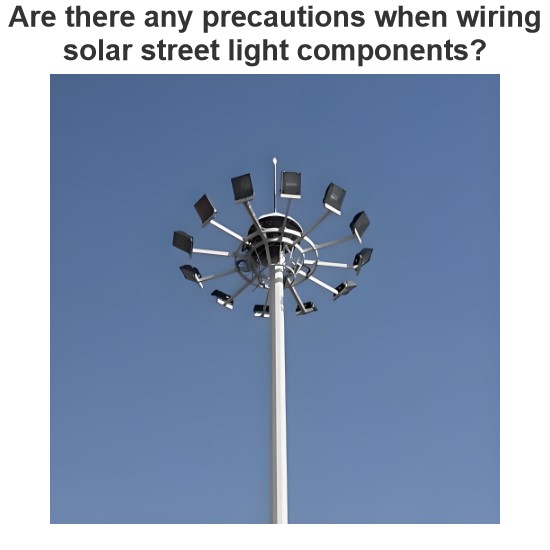Photometry: What is it?
Photometry is the science of measuring light in terms of its perceived brightness to the human eye. It is different from radiometry, which measures radiant energy (including light) in terms of absolute power. Photometry only considers the visible range of wavelengths (light) that can stimulate the human eye.
The human eye can detect radiation that has a wavelength between 370 nm and 780 nm. This range is called the visible spectrum or simply light. Radiation with a wavelength shorter than light is called ultraviolet radiation, and radiation with a wavelength longer than light is called infrared radiation. Photometry does not include ultraviolet or infrared radiation.
Photometry is based on the eye’s response to light as a function of wavelength. The eye is not equally sensitive to all wavelengths of light. It is more sensitive to green light and less sensitive to red and violet light. The eye also adapts to different levels of brightness. It has two modes of vision: photopic vision and scotopic vision.
Photopic vision is the eye’s response at high levels of brightness, such as during daytime or under artificial lighting. Photopic vision can distinguish colors and details. Scotopic vision is the eye’s response at low levels of brightness, such as during nighttime or under starlight. Scotopic vision cannot discern colors and has low resolution. There is also a transition zone between photopic and scotopic vision called mesopic vision.
Photometry uses standardized models of the eye’s response to light at different wavelengths and brightness levels. These models are called luminosity functions. They are used to weigh the radiant power at each wavelength by a factor that represents how sensitive the eye is at that wavelength. The most commonly used luminosity function is the photopic sensitivity function, which models the eye’s response under photopic conditions. Other luminosity functions include the scotopic sensitivity function and the mesopic sensitivity function.
Photometry has many applications in various fields of science, engineering, and art. It is used to measure and characterize the brightness, color, and quality of light sources, materials, and objects. It is also used to study the effects of light on human health, behavior, and perception.
In this article, we will explore some of the types, principles, applications, and working of photometry in more detail. We will also discuss some of the instruments and units used for photometric measurements.
What is Fiber Photometry?
Fiber photometry is a technique used in neuroscience to record neural activity in living animals. It uses optical fibers to deliver excitation light to neurons that express fluorescent indicators and collect emitted fluorescence from them.
Fluorescent indicators are molecules that change their fluorescence properties in response to changes in certain biological parameters, such as calcium concentration, voltage, neurotransmitters, etc. By using genetically encoded fluorescent indicators (GEFIs), such as GCaMPs, it is possible to target specific types of neurons or brain regions for optical recording.
Fiber photometry allows monitoring of the average activity of large populations of neurons over time. It can be used to correlate neural activity with behavioral events or stimuli in freely moving animals. Fiber photometry has advantages over other optical recording techniques, such as two-photon microscopy or calcium imaging, in terms of simplicity, cost-effectiveness, portability, and scalability.
However, fiber photometry also has some limitations, such as low spatial resolution, signal contamination from background fluorescence or movement artifacts, and potential tissue damage or inflammation from fiber implantation.
What is Flame Photometry?
Flame photometry is a technique used for chemical analysis to determine the concentration of certain metal ions in a sample. It is also known as flame emission spectroscopy or flame atomic emission spectroscopy.
Flame photometry works on the principle that some metal ions emit characteristic wavelengths of light when they are heated in a flame. The intensity of the emitted light is proportional to the concentration of the metal ions in the sample.
Flame photometry is mainly used for alkali metals (group 1) and alkaline earth metals (group 2), such as sodium, potassium, calcium, lithium, etc. These metals have low ionization energies and can be easily excited by thermal energy from a flame.
To perform flame photometry, a sample solution containing the metal ions is sprayed into a flame (usually an air-acetylene flame). The flame vaporizes and atomizes the sample into its constituent elements. Some of these atoms are then excited to higher energy levels by absorbing thermal energy from the flame. These excited atoms eventually return to their ground state by emitting photons of light with specific wavelengths corresponding to their energy transitions.
The emitted light is then collected by a lens system and passed through a monochromator (a device that selects a narrow range of wavelengths). The monochromator allows only the desired wavelength of light corresponding to the metal ion of interest to reach a detector (usually a photomultiplier tube or a photodiode). The detector converts the light signal into an electrical signal that can be measured by a meter or a recorder.
The concentration of the metal ion in the sample can be calculated by comparing the intensity of the emitted light with a standard curve obtained from known concentrations of the same metal ion.
What is Reflectance Photometry?
Reflectance photometry is a technique used to measure the color or reflectance properties of a surface or an object. It works on the principle that different surfaces reflect different amounts and wavelengths of light depending on their physical and chemical characteristics.
Reflectance photometry uses a light source (usually white light) to illuminate a surface or an object at a certain angle. The reflected light from the surface or object is then measured by a detector (usually a spectrophotometer or a colorimeter) at another angle.
The detector analyzes the spectrum or intensity of the reflected light at different wavelengths and compares it with a reference standard (usually a white surface). The color or reflectance properties of the surface or object can be expressed by various parameters, such as hue (dominant wavelength), saturation (purity), brightness (luminance), chromaticity coordinates (x,y,z), color index (CIE Lab*), etc.
Reflectance photometry can be used for various purposes, such as quality control, color matching, color identification, color communication, etc. It can be applied to various materials and objects, such as paints, textiles, plastics, metals, and ceramics.
What are the Photometric Quantities and Units?
Photometric quantities are derived from radiometric quantities by applying the luminosity function as a weighting factor. The luminosity function represents the relative response of the human eye to different wavelengths of light. The most commonly used luminosity function is the photopic sensitivity function, which models the eye’s response under bright conditions. Other luminosity functions include the scotopic sensitivity function, which models the eye’s response under dark conditions, and the mesopic sensitivity function, which models the eye’s response under intermediate conditions.
What are the Photometric Instruments and Methods?
Photometric instruments are devices that measure photometric quantities using various methods and principles. Some of the common photometric instruments and methods are:
Photometers: Photometers are devices that measure the relative brightness of light sources or objects by comparing them with a reference standard. Photometers can be classified into different types based on their design and application, such as visual photometers, photoelectric photometers, filter photometers, spectrophotometers, etc.
Colorimeters: Colorimeters are devices that measure the color of light sources or objects by analyzing their spectral composition. Colorimeters can be classified into different types based on their design and application, such as tristimulus colorimeters, chromameters, spectroradiometers, etc.
Integrating spheres: Integrating spheres are devices that measure the total luminous flux of light sources or objects by enclosing them in a spherical cavity with a highly reflective inner surface. Integrating spheres can be used for various purposes, such as calibration of light sources, measurement of reflectance or transmittance of materials, measurement of the angular distribution of light sources, etc.
Goniophotometers: Goniophotometers are devices that measure the angular distribution of luminous intensity or luminance of light sources or objects by rotating them around one or more axes. Goniophotometers can be used for various purposes, such as the characterization of light sources, measurement of optical properties of materials, measurement of glare or contrast ratios of displays, etc.
Photodetectors: Photodetectors are devices that convert light into electrical signals by using various physical principles, such as the photoelectric effect, photovoltaic effect, photoconductive effect, etc. Photodetectors can be classified into different types based on their design and application, such as photodiodes, phototransistors, photomultiplier tubes, photovoltaic cells, etc.
What are the Applications of Photometry?
Photometry has many applications in various fields of science, engineering, and art. Some of the examples are:
Astronomy: Photometry is used to study the properties and behavior of celestial objects, such as stars, planets, galaxies, etc., by measuring their brightness and color at different wavelengths and times.
Lighting: Photometry is used to design and evaluate lighting systems and products for various purposes, such as illumination, signaling, display, decoration, etc., by measuring their brightness, color, quality, efficiency, etc.
Vision: Photometry is used to understand and improve human vision and perception by studying the effects of light on the eye and the brain.
Chemistry: Photometry is used to analyze chemical substances and reactions by measuring their absorption or emission of light at different wavelengths.
Biology: Photometry is used to investigate biological processes and phenomena by measuring their fluorescence or bioluminescence at different wavelengths.
Art: Photometry is used to create and appreciate artistic works by manipulating and measuring light and color.
Conclusion
Photometry is a fascinating and important field of science that deals with the measurement of light in terms of its perceived brightness to the human eye. It has many types, principles, applications, and working methods that involve various instruments and units. Photometry helps us to understand and utilize light in various ways for various purposes.
Statement: Respect the original, good articles worth sharing, if there is infringement please contact delete.
Electrical4U is dedicated to the teaching and sharing of all things related to electrical and electronics engineering.




